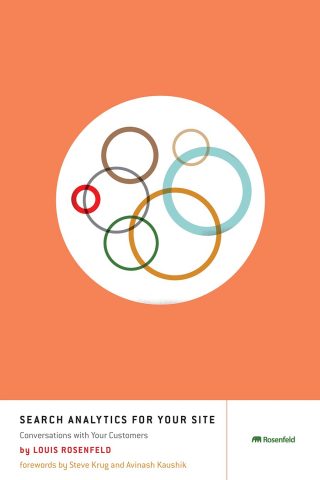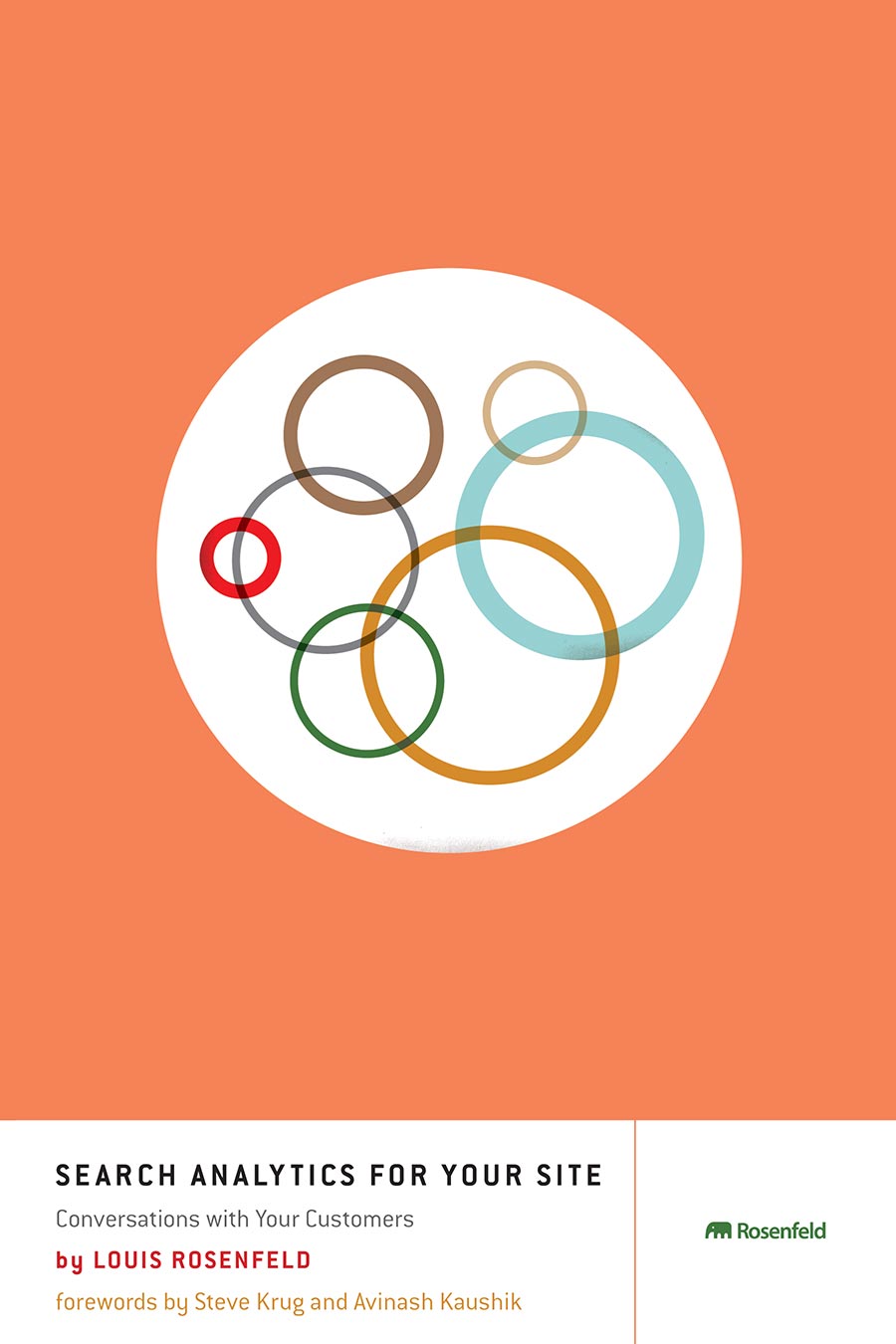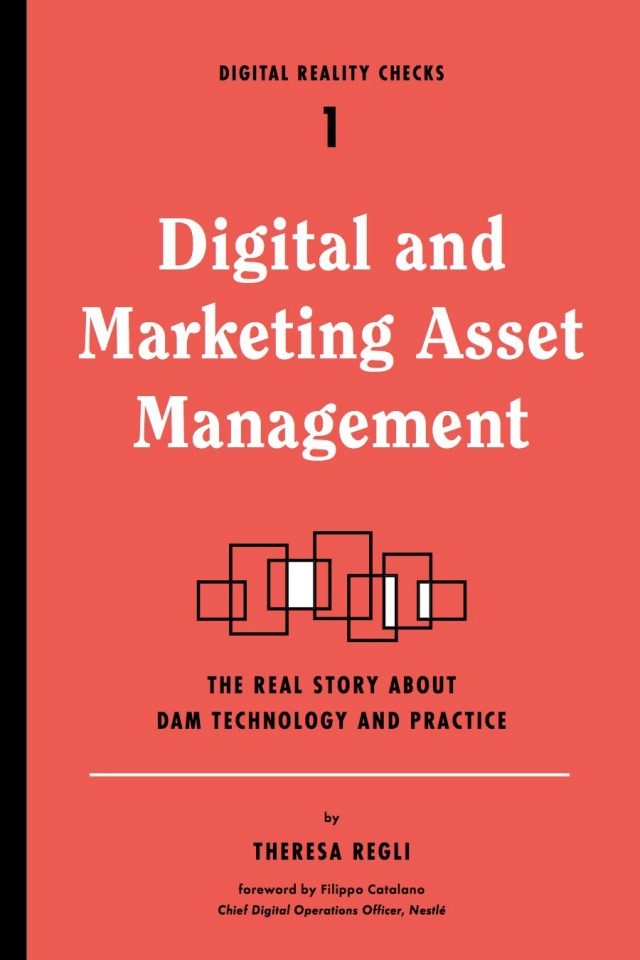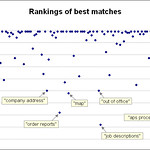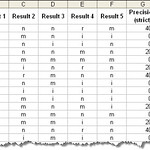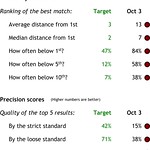I’ve heard it’s lonely at the top. It also must be lonely at the (fore)front. I say that because the smartest people I know—the ones five or ten years ahead of the rest of us—are invariably the ones who are most willing to share what they know. Perhaps they’re just dying for someone to see that they’ve stumbled upon a fantastic new way to solve a problem. Or maybe being brilliant and generous just go hand in hand.
Whatever it is, a few of those really smart people shared what they knew with me, and without them, this book wouldn’t have happened. One was my old friend from Michigan, Rich Wiggins. He introduced me to site search analytics about 10 years ago. Rich knew that SSA could close a critical feedback loop in the user experience of search, and somehow managed to convince his bosses at Michigan State University to let him institute an SSA program. Today, MSU is one of the most successful institutional users of SSA, and many of this book’s examples are a product of its—and Rich’s—excellent work.
Rich’s and my shared interest in SSA connected us with two other smart people, Avi Rappoport and Walter Underwood, who have both made short contributions to this book. If you’re looking for people to analyze your query data, you won’t find any better than Avi and Walter.
Like a lot of people in user experience, I’m very much a right-brain person, and I’m not entirely comfortable with data. Marko Hurst is one of those few people fortunate to function with a full brain. Marko can combine qualitative and quantitative analyses like no one I’ve met in the field, and he made sure this book took a far more balanced perspective on how to derive value from query data.
I was fortunate to have five tough technical reviewers who reflected a healthy variety of perspectives. Steve Krug, Avi Rappoport, Vivian Bliss, John Godinez, and Anil Batra were truly a dream team of practical advisors and healthy challengers; the book is much improved thanks to their efforts. And it benefited further from great contributions by these experts: Gary Angel, Martin Belam, Tom Chi, and Greg Nudelman.
A huge cadre contributed stories (and sometimes data) about their work for me to use in this book (most of which I used). They were often the same people who kept at me over too many years to get the book written, and I’m grateful to them: Mary Ambrosio, Meredith Anderson, Ricardo Baeza-Yates, Jeannine Bartlett, Fred Beecher, Christopher Billick, Mandy Brown, Lorelei Brown, Christine Connors, Justin Cutroni, Richard Dalton, Liz Danzico, John Ferrara, Alexandra Fox, Manya Kapikian, Nick Finck, Zach Gemignani, Dave Gray, Steve Hatch, Jason Hibbets, Caroline Jarrett, Avinash Kaushik, Phil Kemelor, Neil Kohl, Chris Kutler, Jeff Lash, Fred Leise, Helen Lippell, Karen Loasby, Lydia Mann, Matthew Marco, Ravi Mynampaty, Cynthia Osiecki, Robert Piddocke, Whitney Quesenbery, Brendan Quinn, Susan Rogers, Shaun Ryan, Denise Shanks, Tito Sierra, Johnny Snellgrove, Jared Spool, Mike Steckel, R. Todd Stephens, Walter Underwood, Guy Valerio, Javier Velasco, Abbie Walsh, Jennifer Whalen, Denise Wood, and Jeffrey Zeldman.
It’s strange when the author is also the publisher. Yet everyone involved in the book’s development and production made life easier for me, regardless of which hat I wore. It was an absolute joy to work with Stephanie Zhong, the book’s developmental editor. Given that she is using SSA at her day job at Teach For America, she was the ideal editor to work with. (It also helps that she’s very patient.) Karen Corbett, Rosenfeld Media’s Director of Operations, helped me in more ways on a daily basis than I can recount. (She’s also very patient.) And Rosenfeld Media’s crack production team maintained its high standards in creating and assembling the final product; many, many thanks to Marta Justak (our managing editor), Danielle Foster (our interior designer), The Heads of State (who create our covers), Chuck Hutchinson (proofreader), and Nancy Guenther (indexer).
Finally, my wife, Mary Jean Babic, always looks at my new book’s acknowledgments pages first—as well she should. She knows when she’s owed big-time, and this book—which took me forever to write—is such a case. Hopefully, Iris and Nate will inherit her genes for supportiveness and good counsel, rather than mine for procrastination and metaphor mixology.
I’m very glad that brilliant and generous often do go hand in hand. Thanks all.
